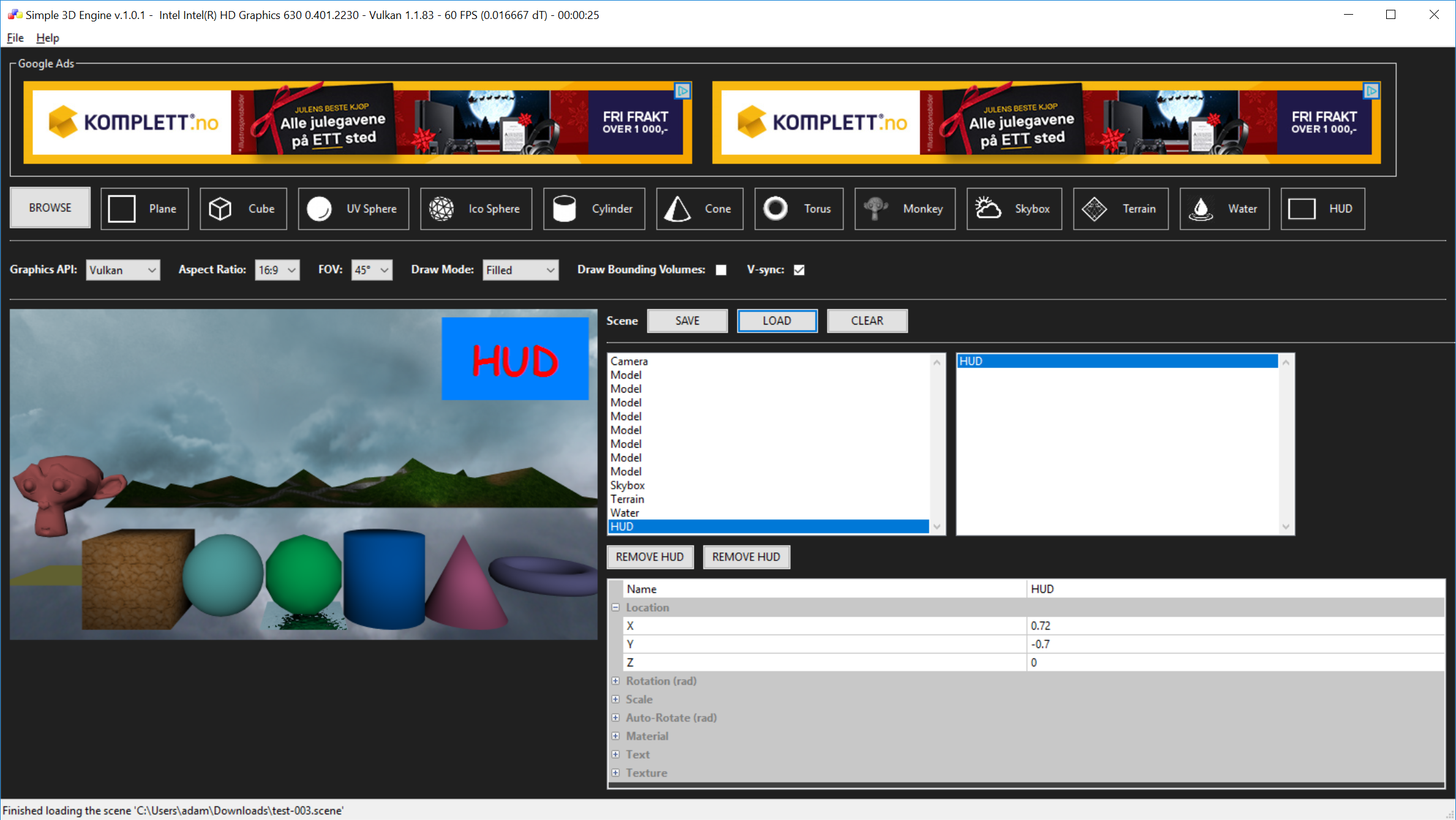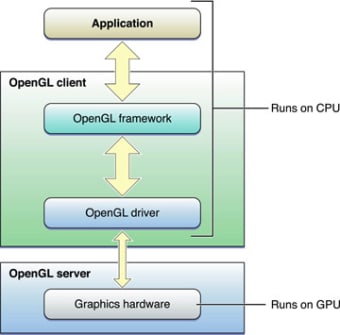
Linux will of course get support for the API, as will Windows. Which is not to say that Vulkan is guaranteed to be any more successful than OpenGL has been, but certainly the new API and this new era of hard launching an API give Khronos and Vulkan the best chance they could realistically have.įrom a technical perspective Khronos designed Vulkan to work on most hardware and operating systems that supported recent releases of OpenGL and OpenGL ES, and by and large they will hit that goal.

While OpenGL ES has been a modern success story on the mobile, mainline OpenGL has floundered on the desktop for a number of years now, and along with making a clean break from OpenGL on the API side, Vulkan gives Khronos a chance to make a clean break from OpenGL’s reputation on the desktop and general developer malaise towards it. Meanwhile, as Vulkan is not the only low-level API on the block – and indeed is likely to be the last major low-level API to be introduced – Khronos will not just be fulfilling their mission in releasing Khronos as an open, multi-platform API, but they will be leveraging that in order to try to drive the adoption of the API. Overall, Vulkan has also given Khronos the chance to start anew and to throw out 25 years of OpenGL history, something that some sections of the development community have been clamoring for since the middle of the last decade. And though we’re still some time off from widescale adoption, Khronos will also be setting up Vulkan as their preferred API for virtual reality, as the lower overhead from the API (and lack of mandatory state validation and error handling) will cut down on API latency as compared to OpenGL. This also gives Khronos’s now flagship graphics API the chance to promote compute to a first class citizen within the graphics API, introducing support for separated graphics and compute queues (think: async shading). By implementing such a model, Vulkan gains abilities that OpenGL never could, not the least of which is the ability for multiple threads/cores to dispatch graphics work, a scenario that maps far better to modern multi-core CPUs. Vulkan will be the low-level, low overhead successor to OpenGL, as low-level APIs have become increasingly important over the past few years. And while the specific low-level details of the API are beyond the scope of this article, I do know that the shader resource binding system is significantly different from Mantle, and that’s not the only system that was updated or overhauled during Vulkan’s development.Īs for the API itself, Khronos’s goals are unchanged.

The end result is that Vulkan has its roots firmly in Mantle, through Khronos has worked to make it very clear that multiple vendors are responsible for contributing IP that ultimately went into Vulkan. After being gifted Mantle 1.0 from AMD – an action that significantly sped up the development process and bypassed the need to figure out some fundamental questions about how the API should be designed – the consortium went about adapting Mantle to serve as a wider, more generic API suitable for hardware from multiple vendors across multiple OSes.
#Opengl 4.4 sdk update#
Since Khronos’s last major press update almost a year ago in March of 2015, not a great deal has changed on the technical side from a high level. We’ll start things off with the Vulkan API itself.
#Opengl 4.4 sdk drivers#
Khronos has never had a hard API launch before – previous procedures were to release the specification and then let members trickle in with drivers and applications – so this marks a major occasion not just for graphics APIs, but for Khronos as an organization going forward.

#Opengl 4.4 sdk software#
Along with the release of the specification itself, today will also mark the launch of document, drivers, SDKs, conformance tests, and even beta software support. Now 18 months after the initiative began, today Khronos is announcing that the Vulkan 1.0 specification has been released, and that the consortium and its members intend to hit the ground running. What would eventually become to be known as Vulkan, Khronos’s new graphics API would be an open, multi-platform low-level API to rival DirectX 12 and Metal. The industry consortium, responsible for overseeing a number of major cross-platform GPU standards such as OpenGL and OpenCL, was embarking upon a development project to create a true, next-generation successor to OpenGL and OpenGL ES. Back in August of 2014, Khronos announced the Next Generation OpenGL Initiative.


 0 kommentar(er)
0 kommentar(er)
